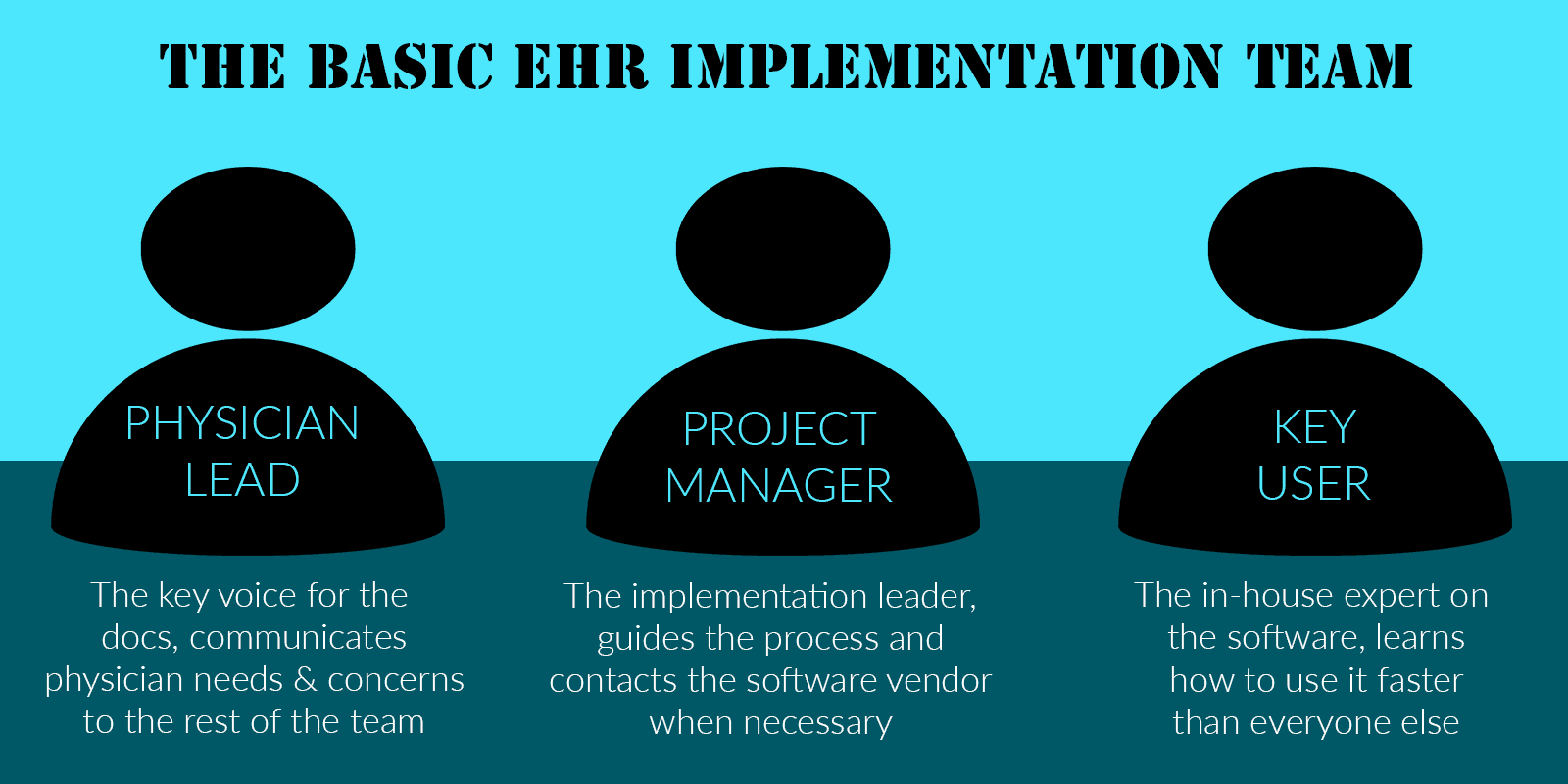Even after you have settled on SeriousMD or some other EHR, your task is far from done. You now have to implement your EMR solution.
Implementation of any EHR is a process. You cannot just pick a program and enforce usage of it throughout your whole organization in a single day. A series of steps or stages has to be followed to ensure smooth adoption of the software in your practice.
To aid you here, we shall guide you through the process of taking on new practice management or electronic medical records software. This is the prologue to this series, and some parts of it are optional (depending on your practice).
Step 1: Install the Software
This is the first step to adopting an EHR, for obvious reasons. With SeriousMD, you also have to sign up because your data is stored on the cloud: signing up gives you an account for cloud storage.

If you have a small private practice, this is more or less the end of the first step. The assumption is that the person leading the implementation is the clinic’s owner/physician in this case. Otherwise, you might want to try the optional step below.
[Optional] Create an Implementation Team
Private practices with only 1 doctor and very few staff will not be likely to need this. If you have a multi-doctor clinic, this step is more advisable. It breaks up and assigns responsibilities for the process of adopting an EHR. That means people do not end up wasting time trying to figure out questions like the following:
- Who does what in this implementation?
- To whom should they go for help in using the EHR?
- Who is going to be monitoring their use of the EHR?
And so on. Now, the average Implementation Team is made up of 3 persons. This number can be bigger or smaller depending on your organization’s makeup and needs.
What does the Implementation Team do?
The Implementation Team ensures that the EHR integrates smoothly into an organization’s workflow. They do this in a number of ways, including the following:
- Enforcing new rules that include use of the software
- Supplying training and educational material to organization members
- Offering assistance with the software (a helpdesk or support personnel)
- Monitoring implementation progress
- Correcting implementation issues
The Implementation Team is essentially the group that helps steer your practice’s transition to the EHR. As such, you should be careful about whom you select to take on the roles below.
What are the key roles in the team?
There are usually 3 main roles in the Implementation Team.

1. Project Manager
This is more or less the leader of the team. He or she makes critical decisions about implementation and also interacts with the software vendor when necessary (for software concerns, vendor-sourced training materials, etc.).
The project manager may also be responsible for gathering organization members’ input on how the EHR should be implemented. Considering all concerns and needs is his or her duty in this process.
2. Physician Lead
The Physician Lead is the main “voice” for the doctors who are going to be using the EHR in your organization. Their concerns and requests are conveyed by the team member occupying this role so that the rest of the implementation team takes note of them in planning. This reduces the chances of implementation strategies having an adverse impact on physicians’ work.
3. Key User
This is the person within the practice who is assigned to learn as much about the EHR as possible.
All members of the organization have to undergo training and familiarize themselves with the software. What the Key User has to do is do it faster and with more depth than the rest. This is because his or her job is to serve as the practice’s own software support person. This individual will also provide insight into the practical traits of the EHR to the implementation team.
In other words, this role is for a member of the practice who is quick at learning to use new programs and capable of teaching others to do the same. EHR vendors may offer their own support personnel, but not all are swift to respond to inquiries for assistance. In that case, it is always best to have an in-house resource as a fallback.
Remember that you can add or reduce key roles in the team as needed. Some might make do with just a Project Manager and Physician Lead, for instance. Others might add roles like Nurse Leads, on the other hand. Make sure that the team you put together is the best one for your practice by having it reflect key stakeholders in the implementation.
SeriousMD users can also ask us for help with this stage of the process. Get in touch with us and explain your practice’s setup and needs. We can help you figure out what implementation team members might be ideal for your case and train your key implementation personnel as well.
If you want to move on to the next step in this series, take a look at our article on configuring your EHR software.

